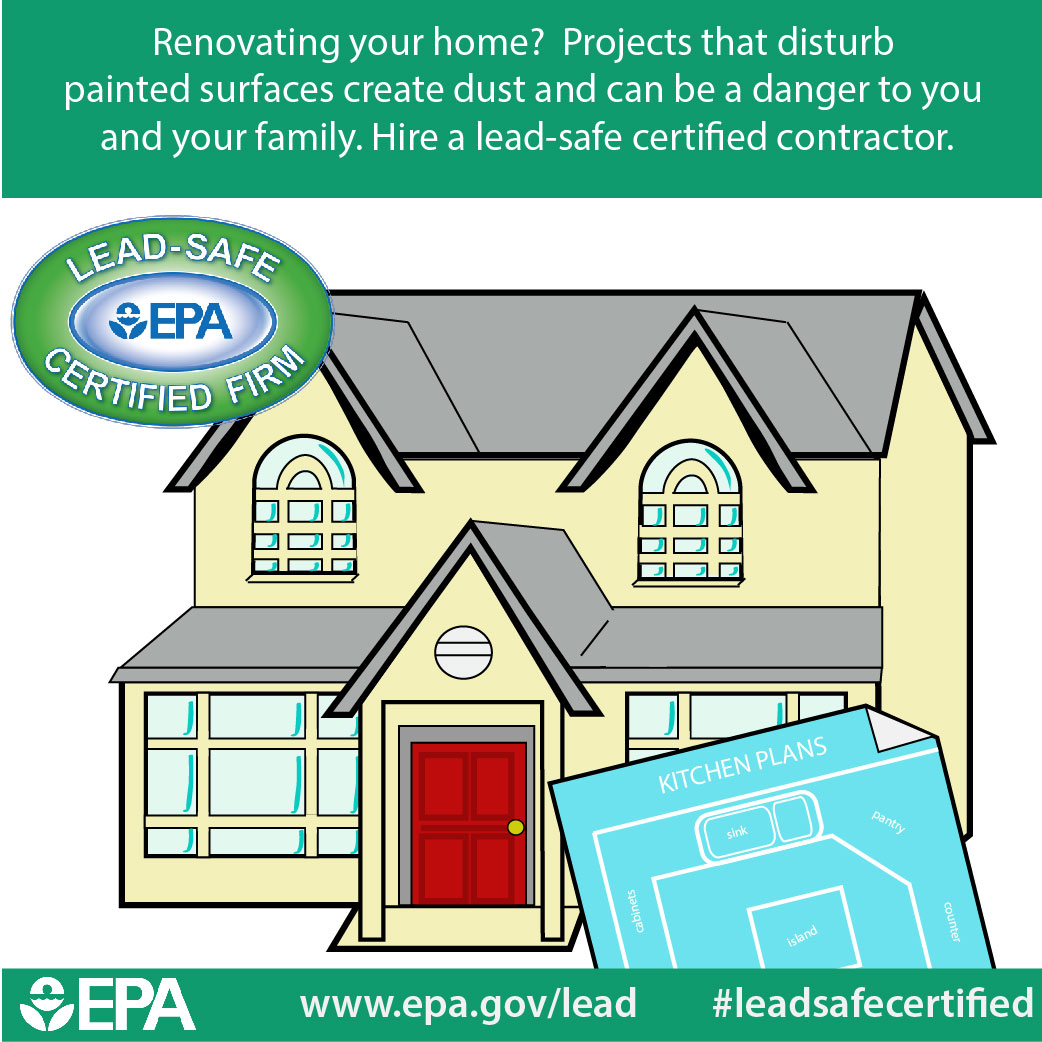Crucial Seasonal Aspects Of Commercial Exterior Paint: What You Ought To Recognize
Crucial Seasonal Aspects Of Commercial Exterior Paint: What You Ought To Recognize
Blog Article
Article Written By-Korsholm Whalen
When you're intending a commercial exterior painting job, seasonal variables can make or break your results. You'll intend to think about how temperature level and humidity influence paint application and drying out times. Selecting the ideal period can guarantee your paint adheres appropriately and lasts longer. But which periods are truly the very best for this kind of work? Let's explore the crucial elements that can affect your task's success.
The Effect of Temperature on Paint Application
When you're planning a commercial exterior paint task, the temperature can significantly influence how well the paint sticks and dries.
Preferably, you intend to repaint when temperature levels range in between 50 ° F and 85 ° F. If it's as well cold, the paint may not heal effectively, resulting in issues like peeling or breaking.
On the other side, if it's too warm, the paint can dry also quickly, stopping appropriate adhesion and leading to an irregular surface.
You should additionally think about the moment of day; early morning or late afternoon provides cooler temperature levels, which can be extra positive.
Constantly inspect the manufacturer's suggestions for the details paint you're making use of, as they commonly provide guidance on the suitable temperature level range for ideal results.
Moisture and Its Impact on Drying Times
Temperature isn't the only environmental factor that affects your commercial exterior paint project; moisture plays a significant role too. High moisture degrees can reduce drying times substantially, influencing the overall top quality of your paint work.
When the air is saturated with wetness, the paint takes longer to heal, which can cause problems like bad bond and a greater threat of mildew growth. If you're repainting on a particularly humid day, be gotten ready for extensive delay times in between coats.
It's essential to check neighborhood weather and plan appropriately. Preferably, go for humidity levels in between 40% and 70% for optimum drying.
Maintaining these factors in mind ensures your job stays on track and delivers a long-term finish.
Best Seasons for Commercial Outside Painting Projects
What's the best season for your commercial external paint tasks?
Spring and very early autumn are usually your best choices. Throughout these periods, temperature levels are moderate, and moisture degrees are often reduced, developing perfect problems for paint application and drying out.
Prevent summer season's intense heat, which can create paint to completely dry also promptly, bring about inadequate attachment and coating. Similarly, https://augustzirbk.blogacep.com/39609756/actions-to-get-your-home-ready-for-expert-home-painters can hinder proper drying and treating, taking the chance of the long life of your paint job.
Aim for days with temperatures between 50 ° F and 85 ° F for optimum results. Bear in mind to examine the local weather prediction for rain, as damp conditions can wreck your task.
Planning around these variables ensures your painting project runs smoothly and lasts much longer.
Conclusion
Finally, preparing your commercial external painting projects around seasonal considerations can make a considerable difference in the end result. By go now throughout the ideal temperature levels and moisture degrees, you'll guarantee much better bond and drying times. Remember to watch on neighborhood weather forecasts and select the right time of year-- springtime and very early fall are your best choices. Taking these actions will certainly aid you achieve a sturdy and professional surface that lasts.
